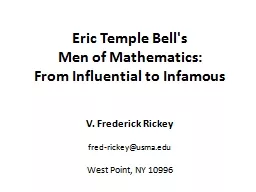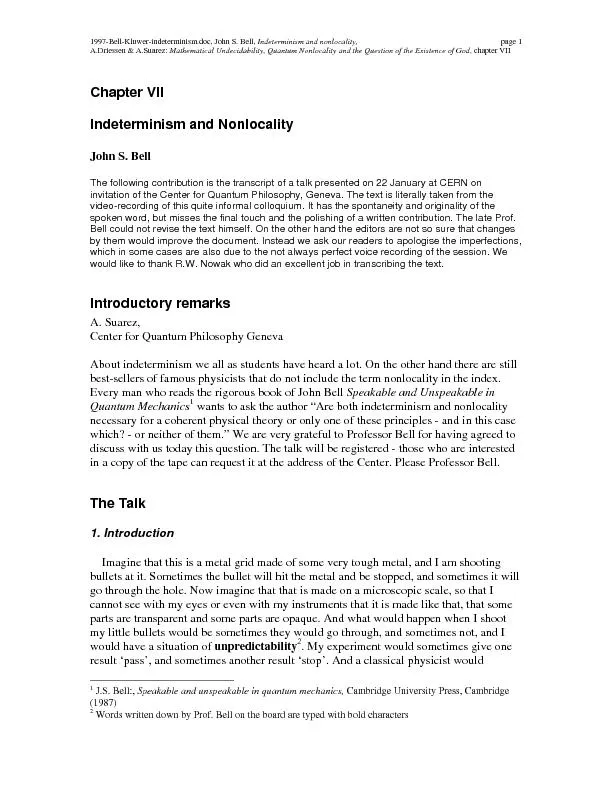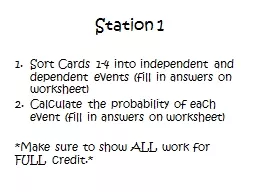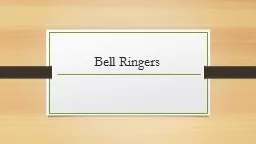PPT-Bell Work 1/5 Take out yesterdays worksheet and answer the summary and fill out the 3
Author : ella | Published Date : 2022-02-15
HAPPY WEDNESDAY Bellwork Write down only the bolded red portion and your answer Two species of mice live in a field in the middle of East Texas One mouse
Presentation Embed Code
Download Presentation
Download Presentation The PPT/PDF document "Bell Work 1/5 Take out yesterdays works..." is the property of its rightful owner. Permission is granted to download and print the materials on this website for personal, non-commercial use only, and to display it on your personal computer provided you do not modify the materials and that you retain all copyright notices contained in the materials. By downloading content from our website, you accept the terms of this agreement.
Bell Work 1/5 Take out yesterdays worksheet and answer the summary and fill out the 3: Transcript
Download Rules Of Document
"Bell Work 1/5 Take out yesterdays worksheet and answer the summary and fill out the 3"The content belongs to its owner. You may download and print it for personal use, without modification, and keep all copyright notices. By downloading, you agree to these terms.
Related Documents














